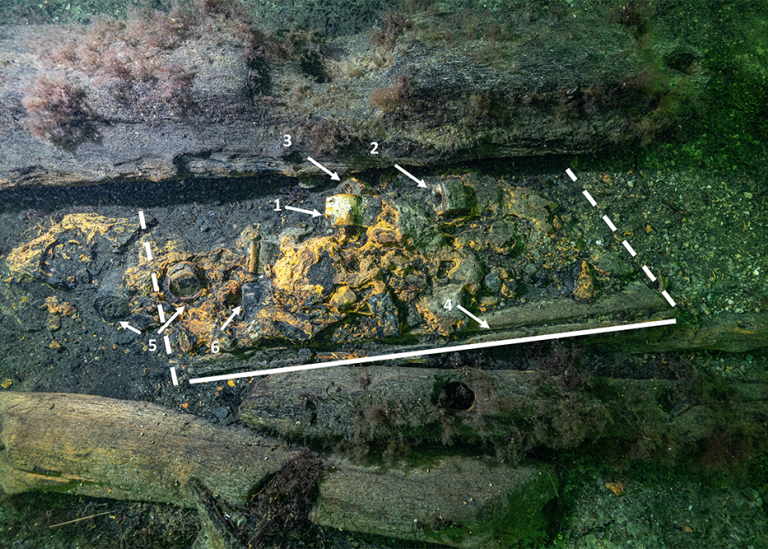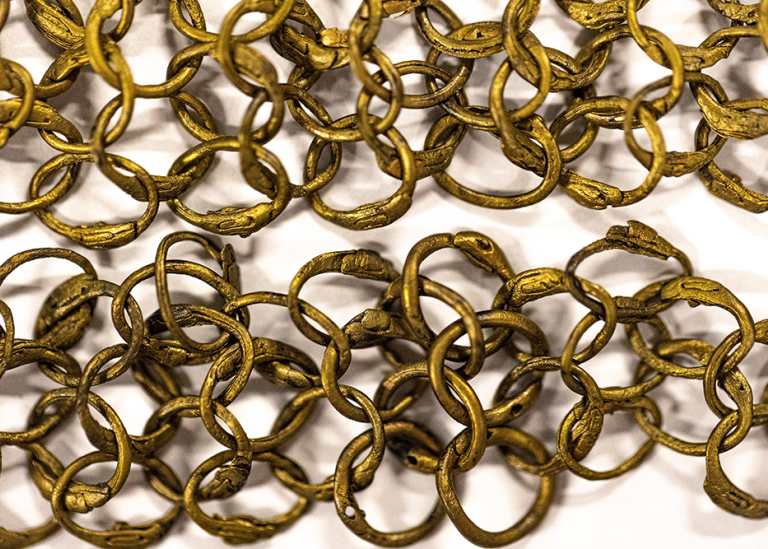Weapons chest and chain mail found in ancient shipwreck off Sweden
Researchers exploring an ancient shipwreck off the coast of Sweden discovered centuries-old relics, including a weapons chest and pieces of armor.
The maritime archaeologists from Stockholm University and Södertörn University studied the wreck of the Griffin, which sank after a fire aboard in 1495, according to a news release from Stockholm University. The ship was the flagship of the Danish-Norwegian King John, also known as Hans, who ruled from 1481 to 1513. The report published this month details their research.
The wreck is "partly disintegrated," the news release said, but some of the pieces that remain on the seabed are "very well preserved." Archaeologists found floor timbers that provided insights into the ship's structure and military capability, as well as parts from elevated combat platforms that were built on the ship. The discoveries have "provided new data for the ongoing work of reconstructing and analysing the ship's superstructure," the news release said, and will allow reserachers to reconstruct the ship in the future.
Amid the wreck, the researchers found a "unique" ammunition-making tool chest that contained lead plates and cans that may have held powder. Researchers had been aware of the chest since 2019 but had not been able to closely study it until last year, when they used 3-D imaging to view the contents.

"The contents of the weapon chest are undeniably one of the most important finds," said Rolf Warming, one of the lead maritime archaelogists, in the news release. "It contains, among other things, several different molds and lead plates for the manufacture of lead bullets for early handguns."
The chest likely came from German mercenaries on board the ship when it sank, Warming said. Researchers also found two cannon carriages amid the wreck.
The armor fragments that archaeologists may be from a mail shirt that might have had up to 150,000 rings, according to the news release.

The weapons and armor found have given researchers a glimpse into what combat at sea looked like during this time period, the news release said.
"The ship is an important piece of the puzzle in the 'military revolution at sea' in the Early Modern Period, in which the primary tactics shifted from hand-to-hand combat to heavy naval artillery fire," Warming said, adding that the ship is comparable to other preserved wrecks including the Mars and the Vasa, which has been on display in Stockholm, Sweden since the 1960s after being salvaged from the ocean floor.
Commerce Secretary Gina Raimondo: The 60 Minutes Interview
"Blind trust": Widow's $1.5 million romance scam story serves as cautionary tale
Video shows alligator being wrangled at Air Force base in Florida
